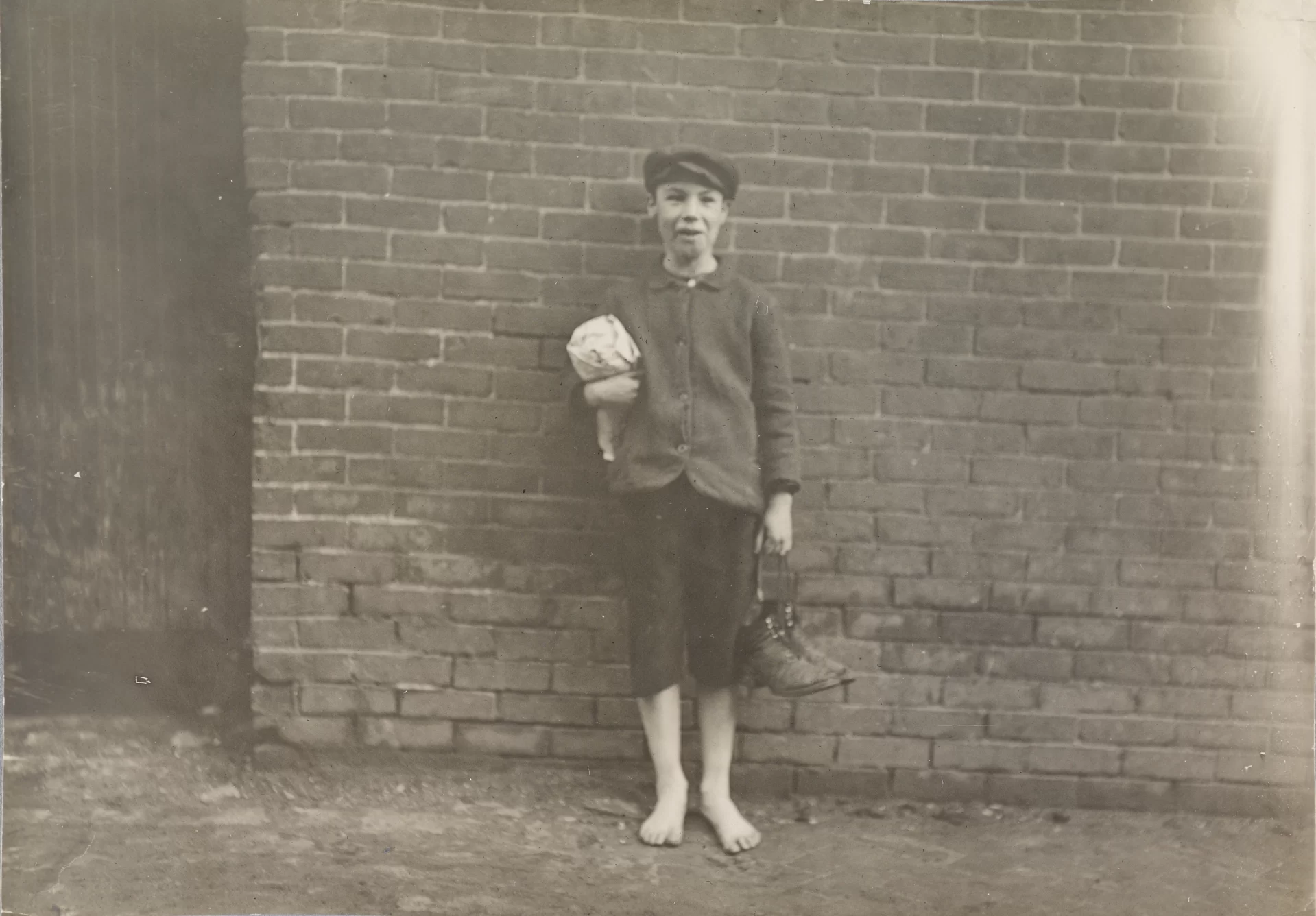Crop and Click Episode 8 – Through the Lens of Reformation

The National Child Labor Committee, founded in 1904, was dedicated to promoting social reform as it pertains to child labor. Hired by the NCLC, Lewis Hine advocated for photography as a medium of education. Describing his craft as “detective work” he was an investigative photojournalist capturing the dire conditions of child labor in New England. Among the earliest examples of documentary photography in America, A Sweeper in the Hill, assumes the position as a symbol of the common exploitation of child labor and photojournalism. The motives behind Lewis Hine and the NCLC as a whole reveals the troubling truths about the conditions of the workplace and the ill treatment of children in the early 18th century. What can we learn from A Sweeper in the Hill and other photos within the collection in regards to the document as a reform device?
Click here for a transcription and bibliography as well as images of the works discussed in today’s episode.
This podcast is part of the Crop and Click series featuring student research on documentary photography from our collection. Click here for a portfolio of all the works discussed in the series.
Hosted and produced by Ella Caron and Eden Lorin. Cover art by Lucy Sherman ’23.